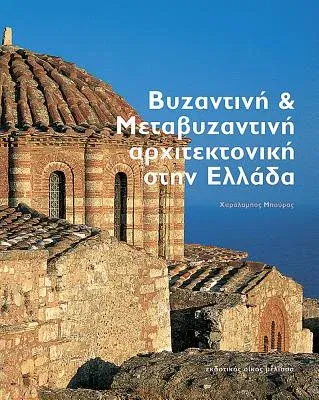Charalampos Bouras
(Author)Byzantine and Post-Byzantine Architecture in GreeceHardcover, 31 December 2006

Qty
1
Turbo
Ships in 2 - 3 days
Only 4 left
Free Delivery
Cash on Delivery
15 Days
Free Returns
Secure Checkout

Print Length
312 pages
Language
English
Publisher
Melissa Publishing House
Date Published
31 Dec 2006
ISBN-10
9602042664
ISBN-13
9789602042663
Description
Product Details
Author:
Book Format:
Hardcover
Country of Origin:
US
Date Published:
31 December 2006
Dimensions:
29.21 x
24.38 x
2.79 cm
Genre:
Medieval (500-1453) Studies
ISBN-10:
9602042664
ISBN-13:
9789602042663
Language:
English
Location:
Athens
Pages:
312
Publisher:
Weight:
1973.13 gm